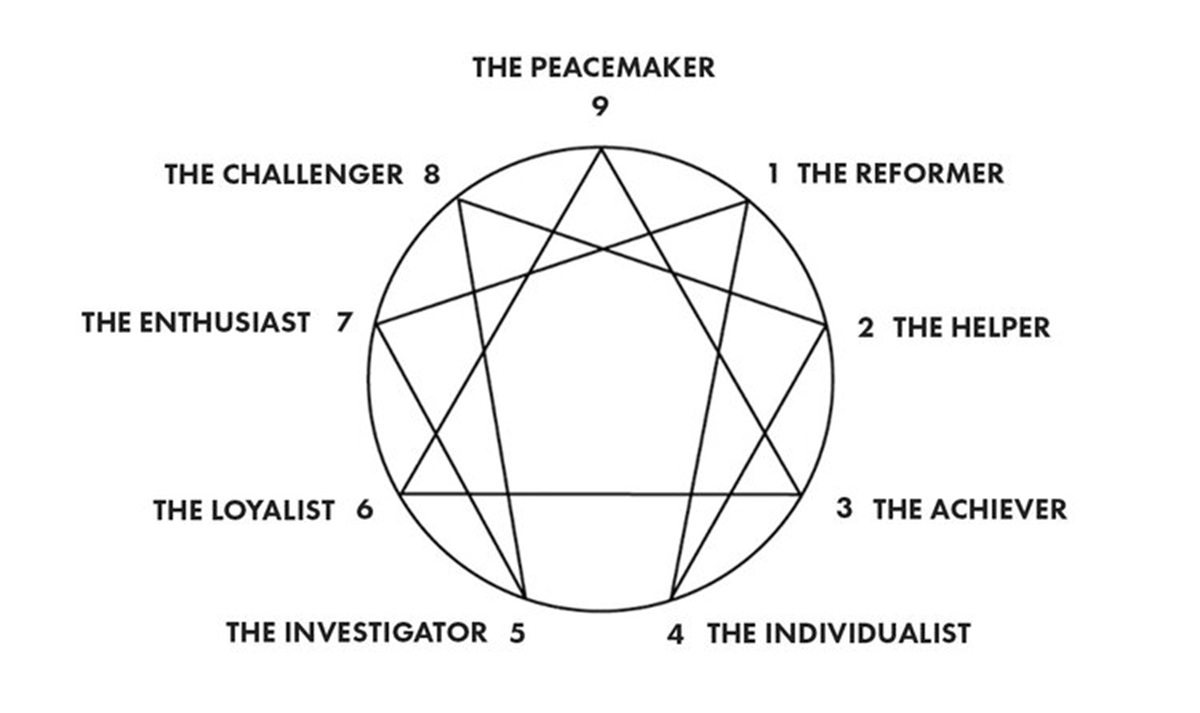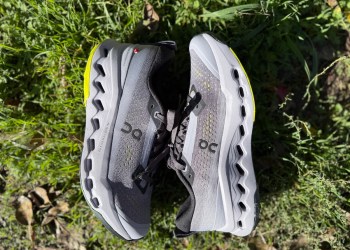Not quite sure what the Enneagram has to do with your running? You’re definitely not the only one. That’s exactly why the latest episode of the Tread Lightly Running podcast digs into how this personal assessment tool can help you make sense of what motivates you, how you react under pressure, and yes, even how you train.
One of the many awesome parts of running is that there is always more to learn. From training plans to nutrition, and strength work to recovery, we spend a lot of time seeking ways to become healthier and happier runners.
And while it’s great to explore the physical aspects of performance, how often do we consider our personalities and motivations, and how they relate to running?
Since this is such a unique and, let’s be honest, fascinating topic, we brought in an expert to help break it all down. Jillian Keaveny is a familiar face in Denver’s health and fitness community, as a personal trainer, gym owner, and Enneagram workshop leader.
In other words, she knows her stuff.
We’re not going to spill everything she shared in the episode here, but think of this as your intro to how the Enneagram can shed light on your running mindset and maybe even explain why you’re so motivated to run a PR or why you keep skipping those harder workout days.
What Is Enneagram?
The Enneagram is a personal assessment tool made up of 9 types or strategies that we use to navigate life, or in this case, training. Each type is driven by something different, like the need to be perfect, to be helpful, to stand out, and the list goes on.
At its core, Enneagrams are just a way to better understand why you do what you do…. or don’t do so that you can build training habits that actually feel good.
It’s not about changing who you are, but about figuring out what motivates you and using that to make running feel more doable, a little more fun, and not just copying what you saw someone post on social media.
As a coach and trainer, Jillian has found Enneagrams to be a tool that she often uses with her athletes.
“…..what I found really helpful is understanding what motivates people, what drives people, what makes people afraid, and what are some roadblocks personality-wise that help people not reach their goals in the way they want, or what helps people get to their goals quicker…….And it just gives you more insight. When you come to a conversation, knowing what matters to people, I think it just is a fast track to helping them.“
You may be the same Enneagram type as your friend or even partner, but you may not share the same instinctual biases (more on that below!). Which is why you may train differently or may not have the same level of motivation when it comes to running or another activity.

9 Enneagram Types
Type 1 is wants to feel perfect
Type 2 is wants to feel connected
Type 3 is wants to feel outstanding
Type 4 is wants to feel unique
Type 5 is wants to feel detached
Type 6 is wants to feel secure
Type 7 is wants to feel excited
Type 8 is wants to feel powerful
Type 9 is wants to feel peaceful
We all use a mix of these strategies, but one will usually stand out as your go-to approach for dealing with life, and yep, that includes your training and workouts.
A research study found that your Enneagram type can show up differently depending on where you’re from and whether you’re in a team or solo sport.
This goes to show how our surroundings and experiences can shape our personality, especially when it comes to training and goal setting.
It’s a reminder to stop comparing yourself to other runners and start focusing on what works for YOU and YOUR goals.
Now, before you start overthinking, remember that the Enneagram is just a way to better understand what’s already driving you, especially when it comes to how you train, rest and recover.
Want to see what your Enneagram type is? Take the quiz and find out.
What Are The Biases?
In addition to the 9 strategies, Enneagrams include 3 Instinctual Biases. These are how we go about getting our needs met, in life and in your training.
Think of them like your training style. Everyone uses all three, but not equally.
These biases shape what you pay attention to, what you avoid, and what you default to when stress hits or things get challenging.

Preservers- The Squirrel
This is a runner who loves a routine, you pay close attention to things like nutrition, sleep and recovery and often will feel off if anything messes with your schedule.
Think tracking every metric, detail-oriented, following the plan to a T, and basically going into autopilot with what always worked.
Navigators- The Chimpanzee
This is a runner who is always aware of what others are doing, love running with a group and often find motivation from group dynamics and shared experiences.
Think group run leader, activity organizer, the one tracking everyone and providing the hype but at a cost of their own training.
Transmitters- The Peacock
This is a runner who is drawn to big, scary goals, loves sharing their progress, and brings a lot of energy (in their training and in hyping other runners up!).
Think chasing PRs, sharing training goals on social media, and telling your story to inspire other runners.
Our biases are, in a way, part of everything we do as runners; we can’t avoid them. From planning out our race calendars to dealing with injuries and even picking out gear.
The one thing to keep in mind is that they will pivot as we get older as a sign of growth!
I think this kind of goes along the lines of early on, when you may have been so hyper-focused on hitting a specific time goal, but now you just really enjoy training to run for fun with no pressure of a time.
How Can You use Enneagrams to Understand Your Motivation
One of the cool things about learning more about Enneagrams and Instinctual Biases is they help you see why you train the way you do. Your type or strategy can reveal whether you’re motivated by connection, achievements, control or something else entirely.
It helps explain why some runners love a super structured plan, while others need a little more freedom to make things feel fun and yes, it might even explain why some of us go all in…and end up burned out. When you know what really drives you, it’s a lot easier to build a training plan (on your own or with a coach) that actually fits you.
This isn’t about changing who you are; it’s about understanding your patterns so you can work with them, not against them.
The ultimate goal? Training that feels more like something that fits your life, and maybe even fun, with just the right amount of challenge.
If you want to learn more about how to use Enneagram as an athlete, listen to our full conversation over on the Tread Lightly Running Podcast.
What to read next:














